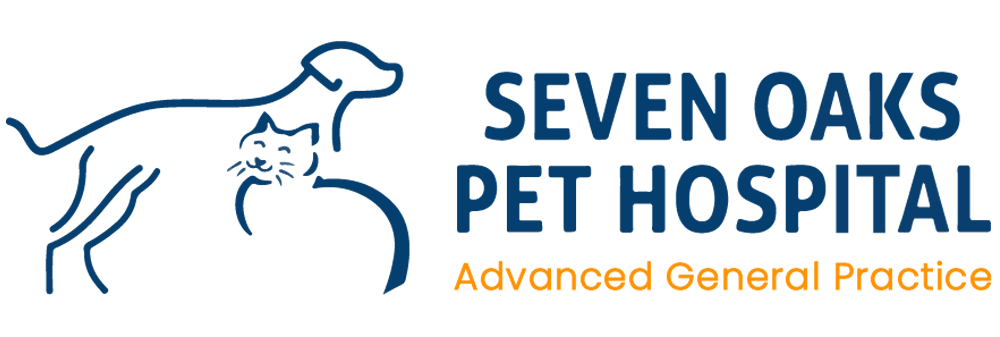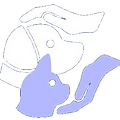Tibial Growth Plate Fracture Repair
To download and print this information, please click here.
Physeal fractures usually Salter type 1 or type 11 injuries occur in young animals. After skeletal maturity, fractures in this region are slightly more distal. The entire epiphysis and tibial tuberosity are usually involved, and the tendency is for dislocation in a caudolateral direction in relation to the tibial shaft
Surgery: Open reduction and internal fixation technique.
A longitudinal skin incision is made on the craniomedial surface of the proximal tibia and stifle. After open reduction, transfixed by multiple Kirschner wires. The medial and lateral pins are started near the periphery of the tibial plateau, where they do not interfere with the femoral condyles. These pins pushed to penetrate the opposite cortex for the best stability.
AfterCare:
- Exercise should be restricted for 6-8 weeks until the fracture has healed.
- In animal has a considerable amount of growth potential remaining, the fixation should be removed as early as possible to help avoid interference with the growth plate.
- Pin fixation need not be removed unless it loosens and migrates.
- Radiographs (x-rays) should be taken about 2 months after surgery to evaluate healing of the fracture.
Mid-shift tibial fracture repair:
- The entire limb is shaved
- An incision is made on the inner side of the tibia
- The fracture is reduced and stabilized with one of the following
- Bone Plate and Screws
- Bone Plate and Pin Combination
- Intra-medullary Pins
- External skeletal fixator
- Combination of above
Make a skin incision on the cranial aspect of the crus for the medial approach to the tibia. This approach will simplify closure and prevent the skin from being closed directly over the plate. Wound breakdown over the distal tibia is a problem if this is not done. Intraoperative contouring of the bone plate, prior to application to the bone, is necessary due to the sigmoid shape of the tibia in a mediolateral and craniocaudal plane.
- The use of aluminum bending templates greatly simplifies contouring and they are a useful (and inexpensive) investment;
- When viewed from a medial aspect, the plate is applied to the line of “best fit” and typically requires placement along the caudal edge of the proximal third;
- Bending of the plate can be done with either a bending press, bending pliers, or bending irons;
- Slight twisting of the plate is usually necessary if the plate is applied to the full length of the tibia, to account for the 10-15o of tibial torsion. Whether twisting of the plate is necessary will be apparent from using a plate template and needs to be done with bending irons.
AfterCare:
- Ideally, the animal would be allowed early, limited active use of the limb to promote healing
- This requires totally stable internal fixation, good owner compliance with confinement and exercise restrictions, and a patient that will not overstress the repair because of hyperactivity.
- Exercise should be severely restricted for 6 weeks, with a gradual return to unrestricted activity 3-4 weeks after the clinical union.
- Radiographs should be taken at 6 or 8 weeks to confirm clinical union before any increase in exercise is allowed.



